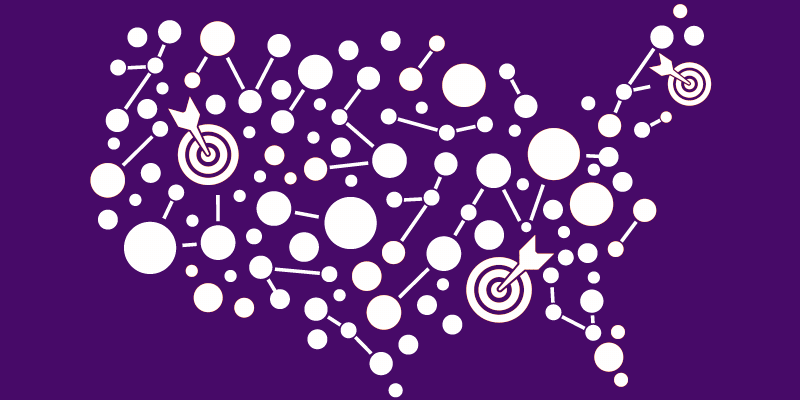Ongoing effort to fend off the escalating ransomware threat
> CISA's ransomware data breach guidance follows an almost continuous barrage of ransomware attacks targeting the US public and private sectors in recent years.For instance, the networks of Colonial Pipeline, JBS Foods, and Kaseya customers were hit in a string of ransomware attacks within just two months.
> Since December 2019, CISA has issued multiple warnings to private industry partners, starting with info on LockerGoga and MegaCortex targeting worldwide organizations and a ransomware attack against a US natural gas compression facility, part of the critical US infrastructure sector.
> Earlier this month, CISA announced the Joint Cyber Defense Collaborative (JCDC) partnership across public and private sectors focused on defending critical infrastructure from ransomware and other cyber threats.
> The federal agency also released a new ransomware self-assessment security audit tool in June to help at-risk organizations understand how well they're equipped to defend against and recover from ransomware attacks targeting their information technology (IT), operational technology (OT), or industrial control system (ICS) assets.
===========================================================================
CISA shares guidance on how to prevent ransomware data breaches
The US Cybersecurity and Infrastructure Security Agency (CISA) has released guidance to help government and private sector organizations prevent data breaches resulting from ransomware double extortion schemes.
CISA's fact sheet includes best practices for preventing ransomware attacks and protecting sensitive information from exfiltration attempts.
The federal agency issued these recommendations in response to most ransomware gangs using data stolen from their victims' networks as leverage in ransom negotiations under the threat of publishing the stolen info on dedicated leak sites.
"Ransomware is a serious and increasing threat to all government and private sector organizations, including critical infrastructure organizations," CISA said.
"All organizations are at risk of falling victim to a ransomware incident and are responsible for protecting sensitive and personal data stored on their systems."
How to block ransomware and protect data
CISA encourages organizations to implement recommendations shared in the info sheet published on Wednesday designed to streamline the process of preventing and responding to ransomware-caused data breaches.
Among the advice included to prevent ransomware attacks, CISA says that at-risk orgs should:
- Maintain offline, encrypted backups of data and regularly test backups
- Create, maintain, and exercise a basic cyber incident response plan, resiliency plan, and associated communications plan
- Mitigate internet-facing vulnerabilities and misconfigurations to reduce the attack vector
- Reduce the risk of phishing emails from reaching end users by enabling strong spam filters and implementing user awareness and training programs
- Practice good cyber hygiene (use up-to-date anti-malware solutions and application allowlisting, enable MFA, and limit the number of privileged accounts)
To block ransomware gangs from gaining access to customer or employee sensitive or personal information, CISA recommends:
- Implementing physical security best practices
- Implementing cybersecurity best practices (don't store sensitive data on Internet-exposed devices, encrypt sensitive info at rest and in transit, use firewalls, use network segmentation)
- Ensure your cyber incident response and communications plans include response and notification procedures for
data breach incidents
Additional info on how to defend against and respond to ransomware attacks is available in the fact sheet and on CISA's recently launched StopRansomware.gov web portal.




No comments:
Post a Comment